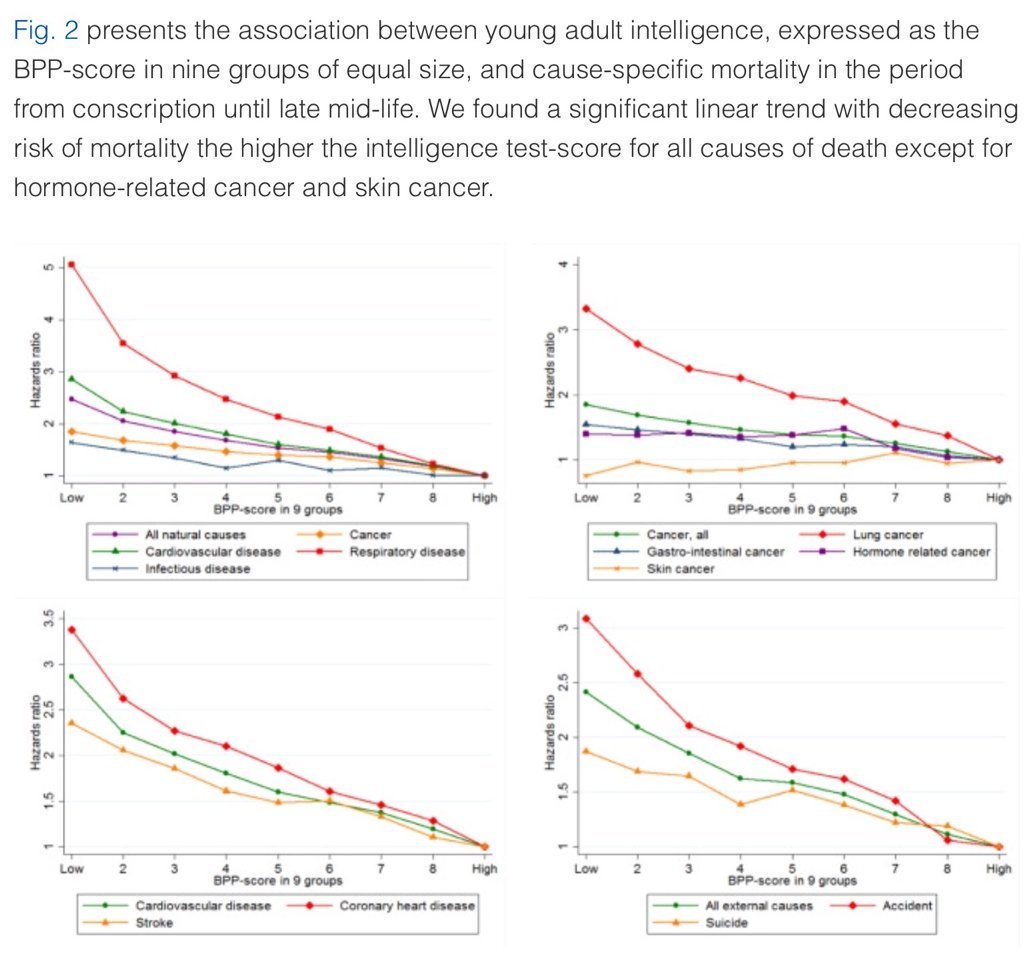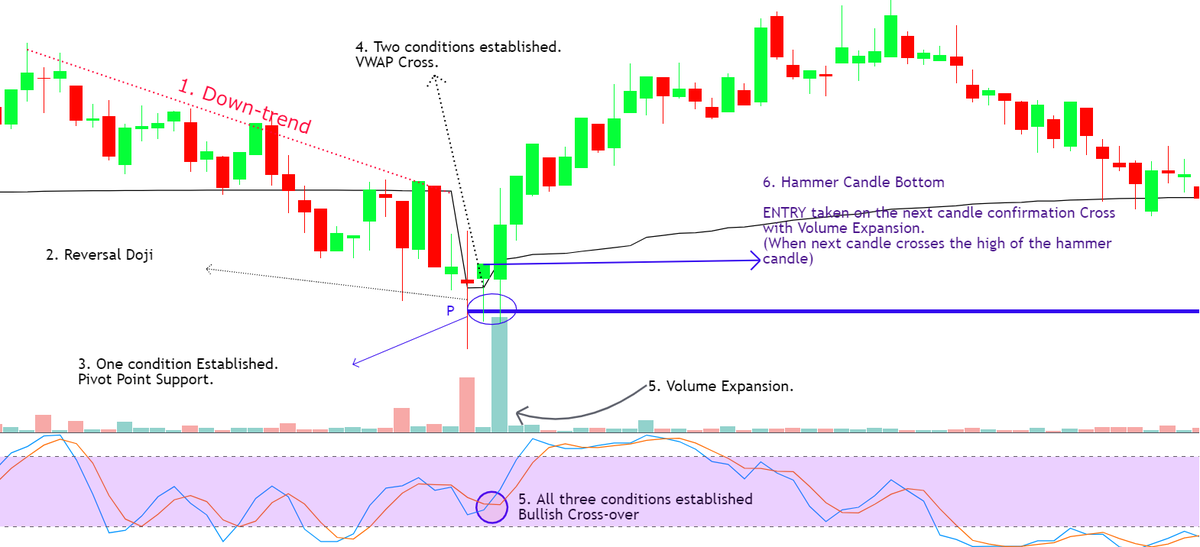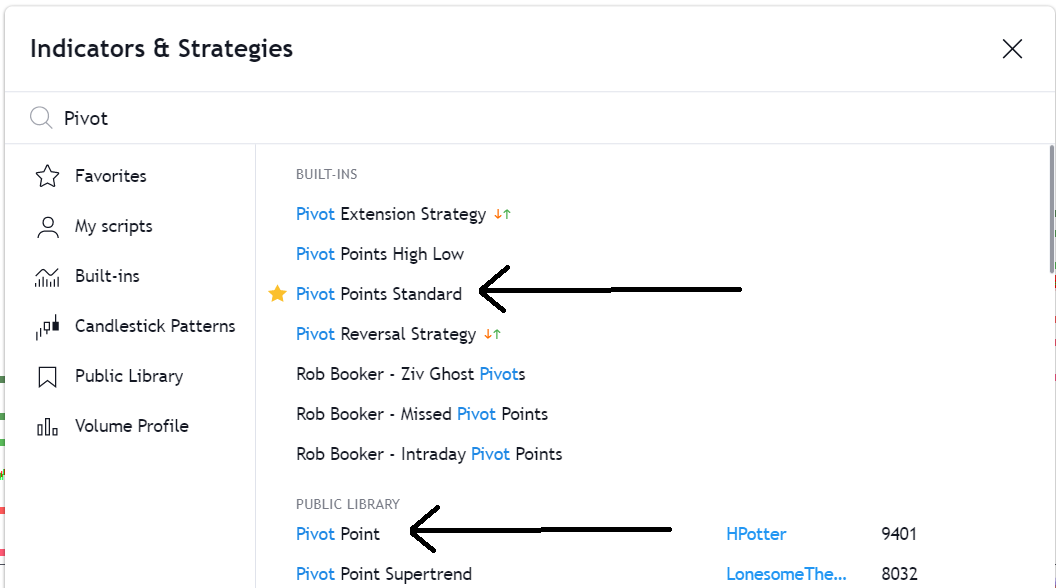1) Here is the thread I promised. It is going to a long read so I ask you to bear with me and be patient. I know most of you interested in $BNGO stock do not do genomics and feel intimidated by it so I will try to explain it using an analogy.
$ILMN — 14th Main.
$TMO — 14th Main.
$QGEN — 14th Main.
$PACB — 14th Main, Springfield.
$BNGO — Near Main, Springfield, MA, USA.
Would you be able to know the precise address? NO. Therefore, there is no technology that could give a complete and accurate answer, yet.
Because currently, the most common tools for mapping at hospitals and clinics around the world are FISH (fluorescent in situ hybridization), DNA microarrays (commonly known as CMA), chromosome banding (CB), and Karyotypes;
Karyotype — USA
Microarays — Springfield
FISH — MA
Cromosome banding — Springfield or MA.
Why is it that people compare Saphyr to PACB? As you can see, the state of the art for the highest precision was held by PACB, but still it won’t give a fully accurate address.
More from Trading
Yesterday was brutal for some people...
Losing life-changing money sucks, losing any money sucks...you can chase the market or you can change your strategy.
2/ The original thread is gone but you can read it here.
https://t.co/cLLNs75rB0
tl;dr
- Traded $32k to $1.2m
- Thought I was a genius
- Made poor investments
- Didn't conserve capital
- Peaked at 150 BTC
- Lost nearly all of it
2 weeks from losing my house + no income. Oops.
3/ I am going to assume you are in it for the money rather than the tech. Yeah, you might Tweet about the amazing blockchaining of cross-border payments and oracles yadda yadda...really, you are in it to make money.
If you are really in it for the tech, go and build something.
4/ Okay, so if you want to make money, trading is super hard, you are trading against:
- Better traders than you
- People who can move markets
- Unknown information
And if you are trading with leverage you might blow up your account with the volatility.
5/ If you are not trading, you are investing. Okay, so what are you investing in?
I made the decision that the crypto with the best opportunity of existing in 10 years is #Bitcoin:
- Solves a genuine problem
- The right tech
- A proven track record
As this year comes to an end, here are the 11 most powerful threads on Subasish Pani exclusively compiled for you all.
Collborated with @AdityaTodmal
1/ Important concepts from Power of Stocks - Subasish
Important Concepts from Power of Stocks\u2014 Subhasish Pani
— Aditya Todmal (@AdityaTodmal) August 12, 2022
7+ years of trading experience in 14 tweets\U0001f9f5
Collaborated with @niki_poojary
2/ Important concepts with video links of Subasish
There are plenty of videos of Subhasish Pani from Power of Stocks.
— Aditya Todmal (@AdityaTodmal) April 17, 2022
You already know those.
Instead, here are 12 concepts from his videos that will make you a better trader\u2013\u2013not worse:\U0001f9f5
Collaborated with @niki_poojary
3/ The 5 EMA
Subasish Pani revealed the most simple, yet successful strategy: 5EMA set up!
— Nikita Poojary (@niki_poojary) July 3, 2022
Here is a thread of 23 video clips on the 5EMA set-up that will save you hundreds of hours and available to you for no cost!
5EMA set-up: \U0001f9f5!
Collaborated with @AdityaTodmal
4/ The Bollinger Band set-
A set up which has a minimum Risk/Reward (R/R) of 1:4
— Nikita Poojary (@niki_poojary) October 2, 2022
This set up can be used for intraday, option selling, option buying, as well as investing.
Maximum profit strategy by Subasish Pani.
Bollinger band set-up: \U0001f9f5!
Collaborated with @AdityaTodmal pic.twitter.com/aEIUVQF2XY
You May Also Like
Covering one of the most unique set ups: Extended moves & Reversal plays
Time for a 🧵 to learn the above from @iManasArora
What qualifies for an extended move?
30-40% move in just 5-6 days is one example of extended move
How Manas used this info to book
The stock exploded & went up as much as 63% from my price.
— Manas Arora (@iManasArora) June 22, 2020
Closed my position entirely today!#BroTip pic.twitter.com/CRbQh3kvMM
Post that the plight of the
What an extended (away from averages) move looks like!!
— Manas Arora (@iManasArora) June 24, 2020
If you don't learn to sell into strength, be ready to give away the majority of your gains.#GLENMARK pic.twitter.com/5DsRTUaGO2
Example 2: Booking profits when the stock is extended from 10WMA
10WMA =
#HIKAL
— Manas Arora (@iManasArora) July 2, 2021
Closed remaining at 560
Reason: It is 40+% from 10wma. Super extended
Total revenue: 11R * 0.25 (size) = 2.75% on portfolio
Trade closed pic.twitter.com/YDDvhz8swT
Another hack to identify extended move in a stock:
Too many green days!
Read
When you see 15 green weeks in a row, that's the end of the move. *Extended*
— Manas Arora (@iManasArora) August 26, 2019
Simple price action analysis.#Seamecltd https://t.co/gR9xzgeb9K
1. IQ is one of the most heritable psychological traits – that is, individual differences in IQ are strongly associated with individual differences in genes (at least in fairly typical modern environments). https://t.co/3XxzW9bxLE
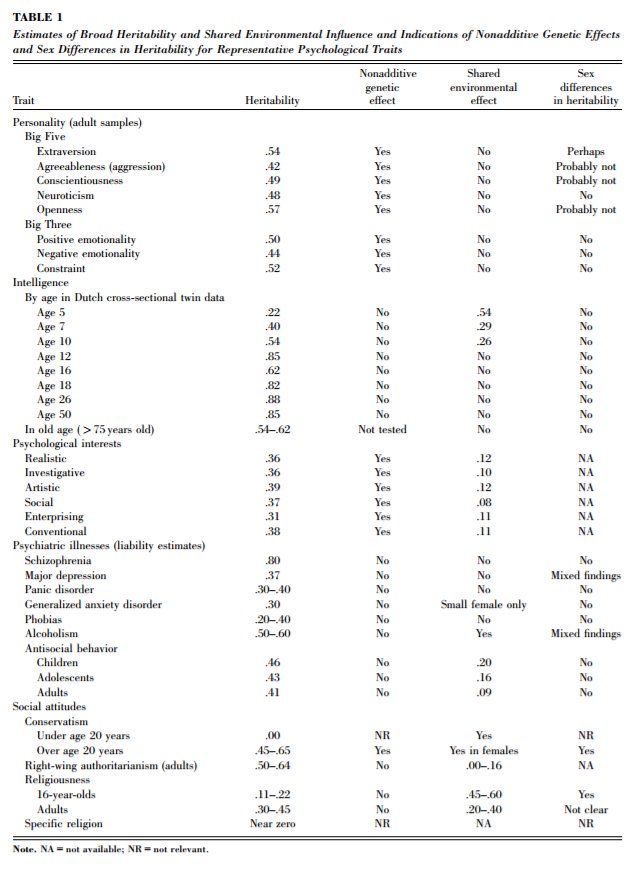
2. The heritability of IQ *increases* from childhood to adulthood. Meanwhile, the effect of the shared environment largely fades away. In other words, when it comes to IQ, nature becomes more important as we get older, nurture less. https://t.co/UqtS1lpw3n
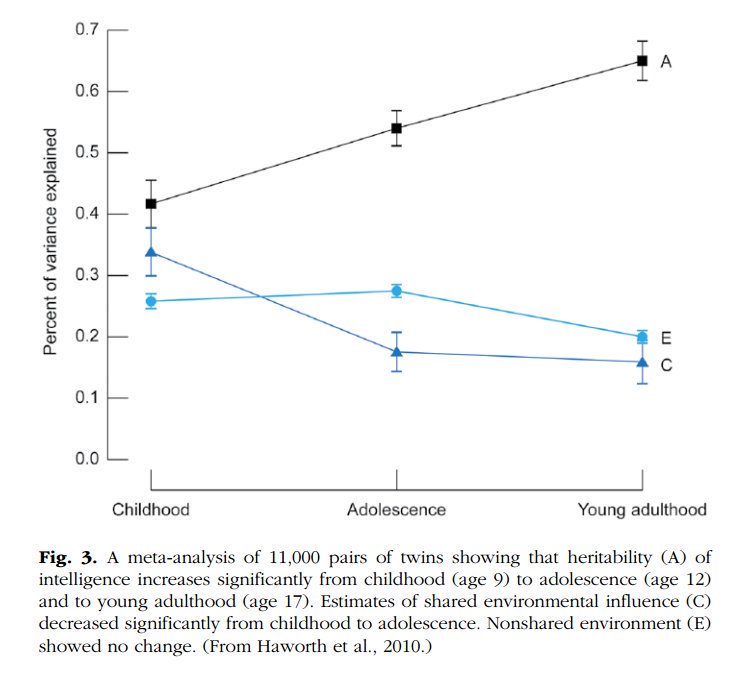
3. IQ scores have been increasing for the last century or so, a phenomenon known as the Flynn effect. https://t.co/sCZvCst3hw (N ≈ 4 million)
(Note that the Flynn effect shows that IQ isn't 100% genetic; it doesn't show that it's 100% environmental.)
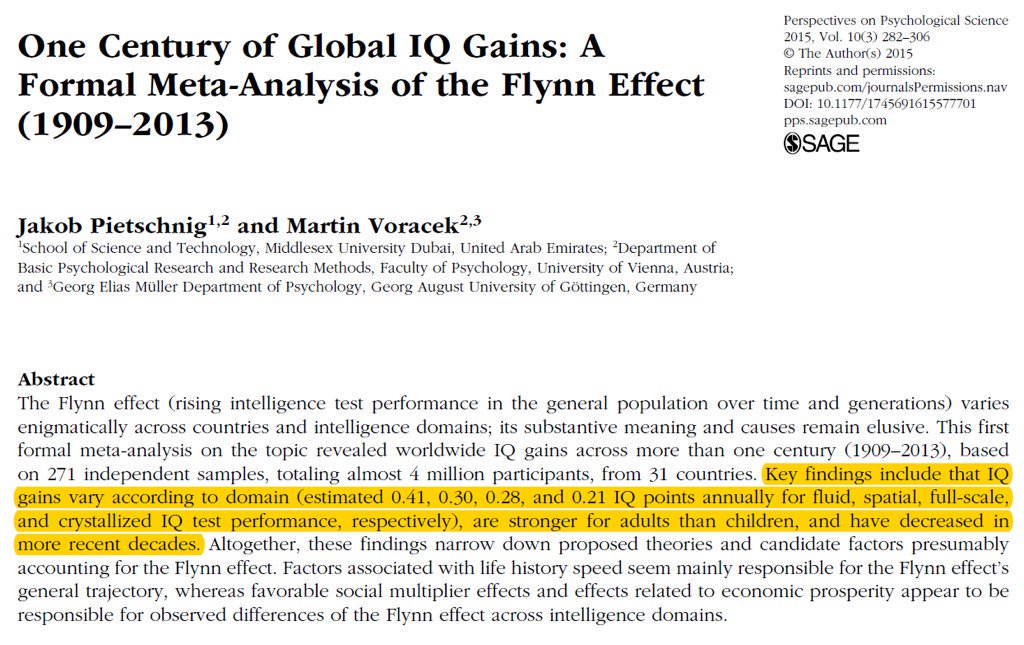
4. IQ predicts many important real world outcomes.
For example, though far from perfect, IQ is the single-best predictor of job performance we have – much better than Emotional Intelligence, the Big Five, Grit, etc. https://t.co/rKUgKDAAVx https://t.co/DWbVI8QSU3
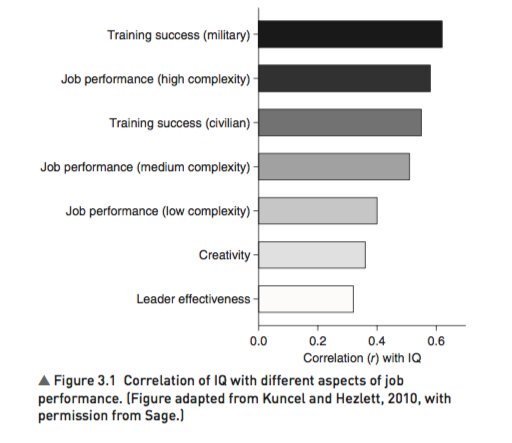
5. Higher IQ is associated with a lower risk of death from most causes, including cardiovascular disease, respiratory disease, most forms of cancer, homicide, suicide, and accident. https://t.co/PJjGNyeQRA (N = 728,160)
